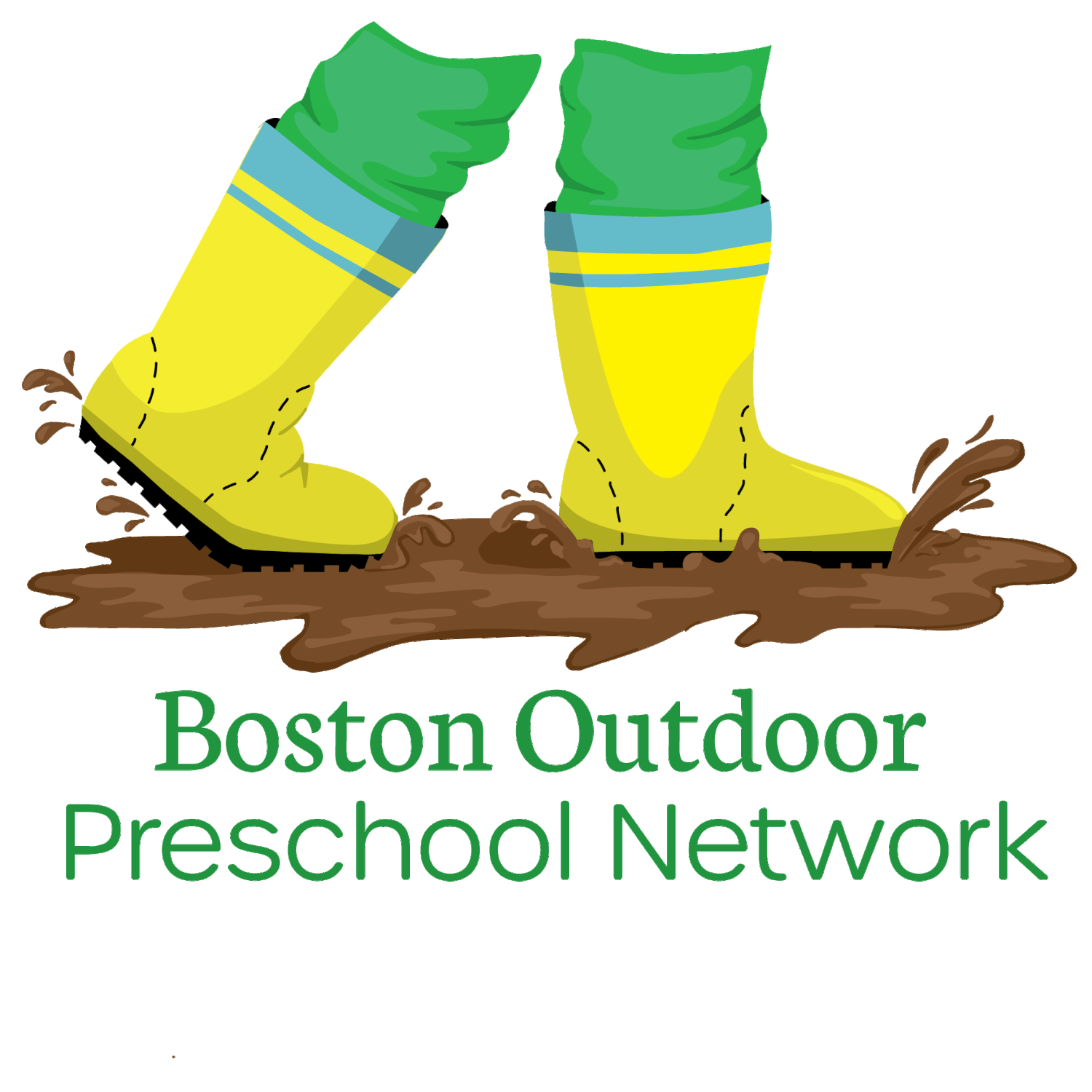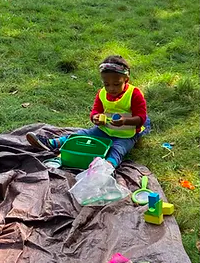Ownership and Optimism: Helping Toddlers Discover Autonomy in the Natural World
By: Serena Sundeberg, lead toddler teacher whose deep love of community, both in her class and her home life, is contagious as she lights up the room around her! Under Serena's guidance, our littlest explorers learn and grow in a loving and safe environment where they can embrace creative play in nature!
Toddlers are such a wonderful and interesting age group to work with for so many reasons. They are learning and discovering new things about themselves and their environment every single day. It is their job to seek information, try new things, and push boundaries.
They all do this in their own way, and it’s my job to guide them through this exploration of the world around them.
Working as a toddler teacher at BOPN often presents me with two considerations: how am I helping my class as a community, and how am I helping each toddler individually learn and grow. The first one is the easier question. Each day at BOPN, I do everything I can to create an environment where children know that they are loved and that they are safe. The second question is a bit trickier to explain.
One of the ways that I try to help each child individually learn and grow in the toddler class is to teach them about autonomy and the power that they have as little humans. Every day, toddlers have so much that is planned, decided, and done for them.
At BOPN, I try to give them every opportunity to make choices for themselves, and encourage them to do things on their own. Helping them recognize the autonomy that they have gives them a sense of accomplishment and pride.
Some examples of the things that toddlers learn to do on their own in BOPN toddler classes are taking off and putting on winter gear, opening up backpacks and lunch boxes, communicating to each other without a grown up, and taking calculated risks. These things might sound small, but when practiced every day they add up to something quite meaningful.
They represent a toddler’s ability to recognize a feeling and make a decision for themselves in a safe environment.
We use lots of different phrases and mantras in our class to help the toddlers learn to do these things on their own. One is “give it one big try”-- this is one I am often saying to a toddler who has asked me for help with something. Usually, after one or two big tries they have accomplished the task all on their own! If they are still struggling but close to finishing their task, I say “look how close you are, you should keep going!”--there is nothing better than the look of accomplishment on a toddler's face after completing a difficult task. If the children need my help after a few big tries I am always happy to help, and let them know how proud I am of them for trying, and that I can’t wait to see them try again soon.
Sometimes I catch myself wanting to step in and complete these tasks for them, as soon as I am asked. It can be difficult and even uncomfortable to encourage them time and time again to try things on their own when they really want you to do it for them.
As grown-ups, it’s our job to sit in that uncomfortable space with toddlers. It’s our job to wait with them when they are not ready to unzip their coat or when they’re not ready to open their lunchbox.
It’s our job to sit with them on the floor if they are feeling sad and need a moment, instead of picking them right back up. It’s our job to take the extra few minutes to encourage them to try things on their own without jumping in and doing it for them. Giving toddlers the time and space to be independent teaches them that their actions and their efforts matter. It teaches them that we have confidence in them to accomplish these tasks. If they are ready to eat their granola bar they should open it! If they put their bodies on the floor they should pick themselves back up!
It isn’t always easy, sitting in this uncomfortable space. Even after a year of practicing these efforts with the toddlers at BOPN, I still find myself wanting to put on all of their winter gear, open all of their lunchboxes for them, and scoop them up when they are down. But these moments of uncomfortableness are not about me, the grown up; they are about the toddlers.




